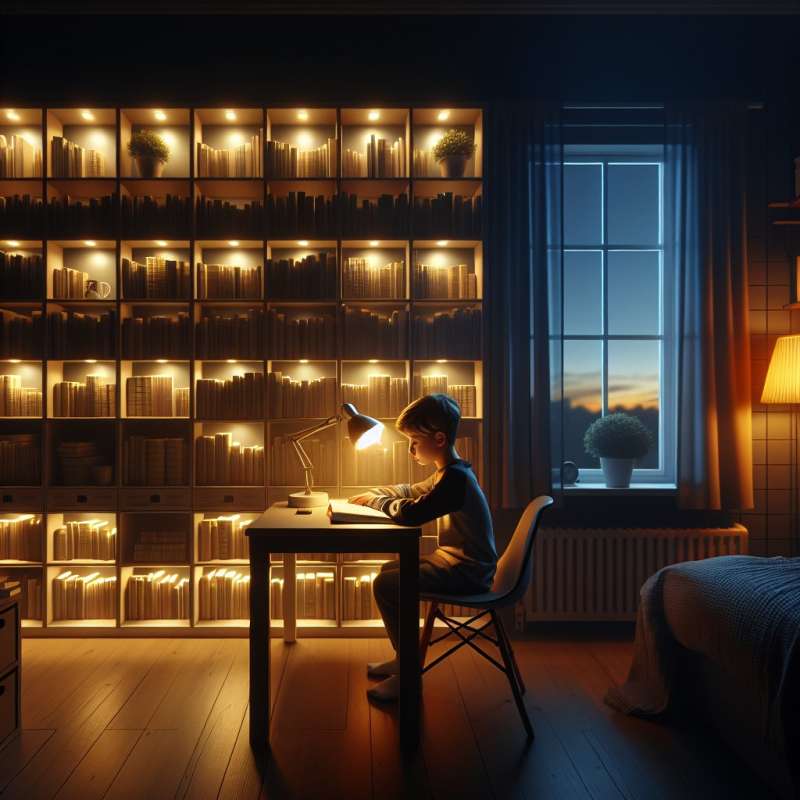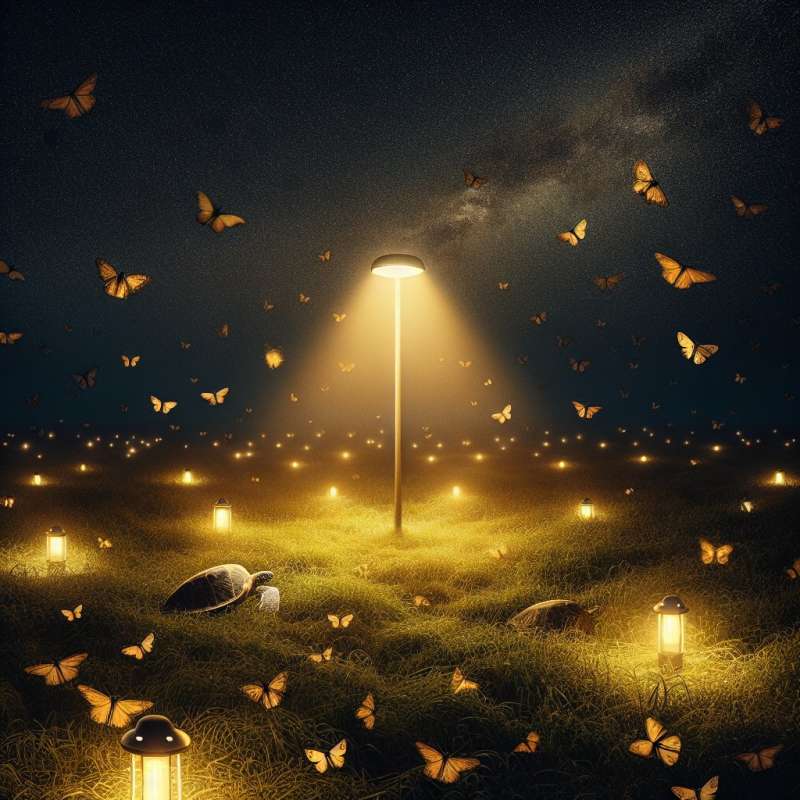
Introduction to Artificial Lighting
Artificial lighting has revolutionized the way we live. Its development enabled humans to extend activities beyond daylight hours, impacting productivity, leisure, and social structures.
Circadian Rhythm Disruption
Excessive artificial light exposure, especially blue light, can disrupt our circadian rhythms. This misalignment can lead to sleep disorders, depression, obesity, and even chronic diseases.
Ecological Light Pollution
Artificial lighting affects ecosystems by confusing animal navigation, altering predator-prey relations, and disrupting plant cycles. The impact on nocturnal wildlife and insect populations can be profound.
Energy Consumption Impact
Artificial lighting accounts for a significant portion of global energy consumption. This contributes to carbon emissions, climate change, and resource depletion, necessitating energy-efficient lighting solutions.
Lighting and Crime Rates
Contrary to popular belief, more lighting doesn't always mean less crime. Studies show that improved visibility may aid criminals. Effective lighting design is crucial for safety.
Skyglow and Astronomy
Skyglow from widespread artificial lighting obscures our view of the stars, affecting both amateur and professional astronomy. It also symbolizes the extensive human alteration of the natural night environment.
Mitigating Negative Effects
Solutions include using dimmer, motion-activated lights, warmer colors that mimic sunset, and smart lighting systems that adapt to natural light levels, reducing unnecessary light pollution and energy waste.
What revolutionized extending activities beyond daylight?
Development of the wheel
Artificial lighting invention
Solar power utilization
Company